Our Solutions
A Next-Generation Firewall (NGFW) is an advanced form of network security that combines the capabilities of traditional firewalls with additional security features, such as deep packet inspection, intrusion prevention systems (IPS), application awareness, and more. NGFWs are designed to provide better protection against modern and sophisticated cyber threats by offering enhanced visibility, control, and context-aware security measures. Here are some key features and components of a Next-Generation Firewall solution.
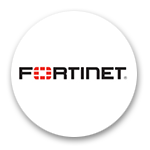

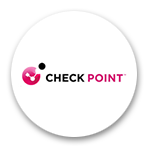
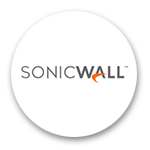
Endpoint Protection Solutions(EPP) or Endpoint Security Solution(EPS) are a type of cybersecurity software or suite that focuses on protecting the individual devices (endpoints) within a network, such as computers, laptops, smartphones, tablets, servers, and other devices. The goal of endpoint security is to secure these devices against various cyber threats, including malware, viruses, ransomware, phishing attacks, and unauthorized access. Endpoint security solutions typically offer a range of features to ensure the protection of devices and data.



Data center and cloud services are essential components of modern IT infrastructure that enable organizations to store, manage, process, and deliver data and applications. These services provide scalability, flexibility, and cost efficiency, allowing businesses to meet their computing needs while adapting to changing demands. Here's an overview of data center and cloud services.


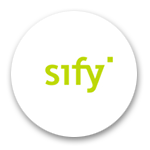
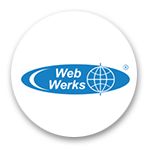
Email security solutions are designed to protect organizations and individuals from a wide range of email-based threats, including phishing attacks, malware, spam, and other malicious activities that can originate from email communications. These solutions help ensure the confidentiality, integrity, and authenticity of emails while preventing unauthorized access and data breaches. Here are some key features and components of an email security solution.
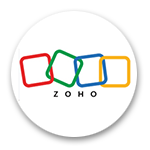

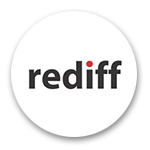

Identity and Access Management (IAM) solutions are designed to ensure that the right individuals have appropriate access to the right resources in an organization’s IT environment. IAM solutions help organizations manage user identities, authentication, authorization, and permissions in a centralized and secure manner. This is especially important as organizations handle a growing number of digital identities and access points in today’s interconnected and cloud-based computing landscape. Here are the key components and features of an IAM solution.


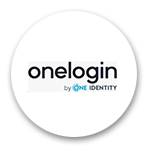

Information Rights Management (IRM) is a technology and set of policies that allows organizations to control and secure access to sensitive information, even after it has been shared with others. IRM solutions are designed to protect digital content, such as documents, emails, and files, by applying access controls, encryption, and usage restrictions. This helps organizations maintain data security and confidentiality, especially when information needs to be shared internally or with external parties. Here's an overview of Information Rights Management solutions.

A Security Information and Event Management (SIEM) solution is a comprehensive security platform that provides real-time monitoring, detection, analysis, and response to security events and incidents across an organization's IT infrastructure. SIEM systems aggregate data from various sources, such as logs, network traffic, and endpoint activities, to provide a holistic view of an organization's security posture. Here are the key features and components of a SIEM solution.




A Mobile Device Management (MDM) solution is a set of technologies and practices that enable organizations to securely manage and control mobile devices, such as smartphones, tablets, and laptops, used by employees, contractors, and partners. MDM solutions help ensure the security, compliance, and efficient management of mobile devices across an organization’s network. Here are the key components and features of an MDM solution.
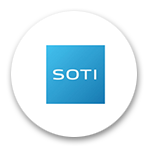

Secure application access refers to the practice of ensuring that authorized users can access applications and services while maintaining a high level of security to protect sensitive data and prevent unauthorized access. This is especially important in today's digital landscape, where applications are often accessed remotely, from various devices, and across different locations. Here are some strategies and best practices for achieving secure application access.

A Web Application Firewall (WAF) is a security solution designed to protect web applications from a wide range of cyber threats and attacks. Unlike traditional firewalls that focus on network traffic, a WAF operates at the application layer, which allows it to provide specific protections for web applications, websites, and APIs. Here's an overview of what a Web Application Firewall does and its key features.


A Vulnerability Assessment solution is a specialized tool or platform designed to identify and assess vulnerabilities within an organization's IT infrastructure, applications, and network devices. This solution helps organizations proactively discover security weaknesses before they can be exploited by malicious actors. Here are the key components and features of a Vulnerability Assessment solution.
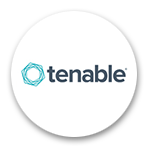

Network monitoring tools are software solutions or platforms designed to monitor and manage the health, performance, and security of computer networks. These tools provide insights into network traffic, device statuses, application performance, and potential security threats. Here are some key features and components of network monitoring tools.

A Data Loss Prevention (DLP) solution is a comprehensive security technology that helps organizations prevent the unauthorized disclosure, leakage, or loss of sensitive data. DLP solutions are designed to identify, monitor, and protect sensitive information as it moves within and outside the organization's network. Here are the key components and features of a DLP solution.


Servers with storage refer to dedicated hardware units that combine computing power (servers) with storage capacity within the same physical chassis. This configuration allows organizations to have a consolidated solution where applications and data can be hosted and managed in a single device. Here's an overview of physical servers with storage.



A backup solution is a critical component of an organization's data management and disaster recovery strategy. It involves creating copies of important data and storing them in a separate location to ensure data recovery in the event of data loss, hardware failure, cyberattacks, or other unforeseen incidents. Here are key components and features of a robust backup solution.
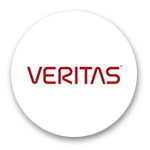
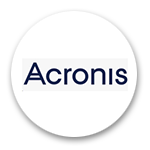

Email security solutions are designed to protect organizations and individuals from a wide range of email-based threats, including phishing attacks, malware, spam, and other malicious activities that can originate from email communications. These solutions help ensure the confidentiality, integrity, and authenticity of emails while preventing unauthorized access and data breaches. Here are some key features and components of an email security solution.




Laptops and desktop solutions refer to the hardware and software technologies used to provide computing capabilities to individuals, businesses, and organizations. These solutions encompass a range of devices and tools designed to meet various computing needs. Here’s an overview of laptops and desktop solutions.




